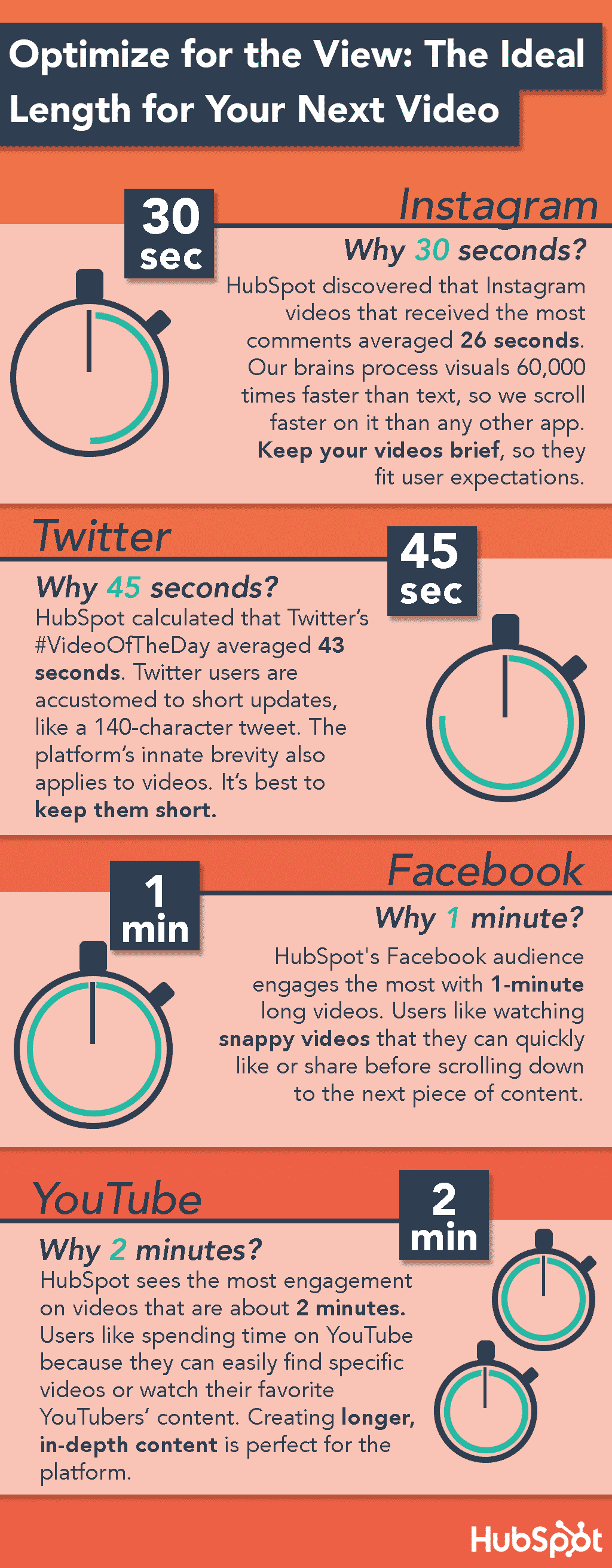If a picture paints a thousand words, then video speaks volumes. When it comes to recruitment, top talent wants to know more about your organization than a job posting can provide. Rather than offer a snapshot, a company culture video immerses potential new hires in the who, why and how of your organization.
Here’s a step-by-step guide to creating your own videos for recruitment marketing materials:
Planning your company culture video:
Show and tell
Business isn’t inanimate: it’s all about people working together to achieve long-term visions and daily goals. Culture defines how they get there. Company culture videos give job seekers a real peek into the organization—not only the work you’re doing, but the people who are making it happen. When asked what marketing content they find valuable, 44% of job seekers identified company values. Another 37% want information on the culture of the company, and the same amount want to hear employee testimonials. Your website may tell these stories: culture videos bring them to life.
Recent studies show that 66% of millennials and 53% of adults engage with a brand after watching a video on social media. Marketers have long known the value of showing and telling: recruitment professionals are taking heed. By providing potential candidates a first-hand view of the culture of an organization, they can more easily see themselves as a fit. One of the biggest hurdles to applying for a job and accepting an offer is whether or not a candidate sees a future with the organization. Company culture videos give job seekers a vision of their career as part of your team.
What message do we want to share?
Before you assign dressing rooms with stars on the doors, determine what kind of company culture video you want to produce. There are a variety of formats already established, or you could create your own spin. Many organizations highlight employee testimonials; others focus on company benefits. You may want to showcase the exciting product or service you provide, or the good work you do for the community. Whatever format you choose, start with these questions:
Who is our audience?
For recruitment videos, obviously your target is job seekers, but you may want to be more specific. If finding passionate engineers is a priority, speak to them directly. If customer care staff that advocates for the client is your target demographic, focus your messaging to them. If you decide you’re looking for people that want to infuse fun with work, make your video light-hearted. Identifying your target audience is step one in creating a culture video that speaks their language.
What format do we want to use?
Decide what messages you want to convey, and how your video can deliver. It can be employee testimonials, a tour of your space, workplace activities, corporate social responsibility, or combinations of these. Once you have a general plan, you can better target your efforts to hone in on the story you want to tell.
What do we want to highlight?
If your video revolves around your commitment to employees, for example, they’ll be your main focus. The bulk of your video should be talking with and about team members.
If you’re highlighting the good work your organization does, focus on events and deeds that exemplify your mission. If core values are the message you want to impart, focus on your vision and how it’s translated into actions and deeds.
If your focus is on activities and space, decide what locations and events should be showcased. For videos that highlight CSR, external footage may be needed, so you’ll want to coordinate with others for their participation and availability.
Ask for volunteers to participate. Provide each participant with guidelines, like the questions you’d like them to answer or what areas you’d like them to discuss. These can be as basic as “why I like working here” to complex challenges they’ve tackled or achievements accomplished.
What best demonstrates who we are?
Testimonials are a great way to tell your story, but visual aids drive them home. Talking about the fun activities that your workplace engages in isn’t as visually interesting or compelling as video footage of your Office Olympics. Employees can talk about how the company supports their volunteerism, for example, but snapshots of them on the ground give emphasis. Look for visuals that show (as well as tell) your story.
Why are we unique?
Even if your company is as wing-tip professional or as quirky as they come, there’s something about the team, the product or the service you provide that sets you apart from other organizations. What is it about your people, your mission, your process that makes you unique? Show job seekers why you stand out, and why they should want to work for you.
Producing your company culture video

How long should your video be?
The length of your video is an important consideration. Too short and you might not get your message across, too long and you risk viewer drop-off. Create a video that touches on all the messaging you want to impart without getting too lengthy. Data reveals how long your video should be, depending on the site where you plan to upload your content. This could be a starting off point for many first-time culture video creators.
Line, please!
To get started, create a basic storyboard or filming outline. Once you know what you want to document, look for locations to shoot, who should be there and when. Planning ahead can make for the least disruption and the most organized shoot.
If you’re strolling the office with a camera asking for testimonials, let employees know what days and times you’ll be shooting so you don’t catch them in the middle of a conference call or slurping down their soup. Ambush videos (unless your theme is “Undercover Boss”) probably won’t send the message you want to impart.
A trial run with a smartphone could help work out the basic storyboard and provide information on what to do and what to avoid. A review of rough footage could show where unsightly backgrounds should be avoided, where lighting is too low or too harsh, and how long or short segments should be. You may even find the video quality is so good that only editing will be needed.
Lights…camera…
When it comes to equipment like cameras, lights and sound, there’s something for every level of user. Obviously if you’re a multi-million dollar conglomerate, you don’t want your video to look like a high-school project. If slick is your goal, look for higher-end equipment available to rent in your area, or go with a professional videography service.
If you’re strolling the office with a camera asking for testimonials, let employees know what days and times you’ll be shooting so you don’t catch them in the middle of a conference call or slurping down their soup. Ambush videos (unless your theme is “Undercover Boss”) probably won’t send the message you want to impart.
A trial run with a smartphone could help work out the basic storyboard and provide information on what to do and what to avoid. A review of rough footage could show where unsightly backgrounds should be avoided, where lighting is too low or too harsh, and how long or short segments should be. You may even find the video quality is so good that only editing will be needed.
Need a little inspiration? Check out Yello’s company culture video.
…Action
On filming day, you’ll want the workplace to look its best. A cleaning crew the night before can make everything look sparkly and new. Ask employees to tidy their workspaces, as well. While you don’t want them to reconfigure their desks, overflowing trash cans don’t make for a professional presentation.
If you’re doing a walk-through of the facility, skip the bathrooms, unless they’re particularly lush. Tours of break and lunchrooms should showcase fully stocked refrigerators and snack areas (if you offer freebies) and clean spaces. Empty those dish drains!
Make your space look its best, but don’t oversell: if you normally don’t have outlandish floral bouquets, sleep pods and massage chairs around the office, don’t bring them in to draw candidates. They’ll only be disappointed (and defrauded) when they arrive for an interview to find plastic flowers and a cot in the corner. Present your company culture genuinely: you may not be the right match for the three-piece suit candidate or the long-board techie, but they’re probably not who you’re looking for either.
A star is born
Almost every company culture video should include input from employees. Whether they’re telling viewers about their personal journey through the company, offering testimonials or describing the work or the mission, people are the heart of culture.
Again, you’ll want volunteers interested in telling their story: and that’s key. Ask for their story, not yours. Scripted testimonials can sound contrived. Uninterested employees will leave the viewer flat. Look for enthusiasm and a genuine voice or point of view. A little humor goes a long way, too.
Company Culture Video Post-Production
On the cutting room floor
Once you’ve compiled enough footage to edit your video, software will be necessary to cut and paste, insert music or sound effects, and enhance. There are a variety of video editing software options that range from basic to complex.
Depending on your skill level, look for software that’s user-friendly and intuitive. You may not know what aspect ratio is, but not knowing can be a problem. How the width and height in the video relate to each other can make for very tall looking employees and very narrow doorways. You’ll want to understand the basics: good editing software can help.
Sourcing the pros…
Whether you’re looking to edit footage you’ve compiled, or want help from first shot to last cut, video production companies can help. Outsourcing can be a great way to get professional quality videos. Look for companies in your area and ask for a consultation. You’ll want to see examples of their work, get a timeline for prep and production and, of course, price points.
The right company will focus on your message and offer insights on how to tell your story with impact. If you’ve thought everything through, you may only want to hire a videographer/editor to execute your vision. If you need more help, a production company can take you from start to finish. If budget is a consideration, decide which aspects can be done in-house versus what needs outsourcing. You may find a talented copywriter or camera person in your midst.
…or soon to be
Don’t have a movie studio budget, or even an Indie film one, to create a company culture video? Look to your local colleges. Their videography programs may let students work on external projects for a small fee and/or a grade. They typically have high-end video and editing equipment available, as well as professors to offer guidance. In addition to creating a quality culture video, you could help students add to their portfolio. Maybe one day, you can say you knew them when…
Best company culture video examples
Why reinvent the wheel? A look at company culture videos created by other organizations may help you narrow down what you want to say, and how you want to say it. Here are some excellent examples:
Cirrus Logic

Cirrus Logic didn’t say a word with their culture video, but the messaging is strong and impactful. Using employees and white boards, their staff outlines how the company’s culture makes their work and life better. The emphasis on people underscores the Cirrus’ priorities.
Fuze

At Fuze, senior management talks their mission and vision, outlining that culture is top-down for this organization. Candidates looking for a company that walks the talk see what the corporation values for the business and for their employees.
From YouTube to you’re hired
More than showing why employees love working for your company, culture videos give candidates insight into the mission and vision of an organization, what it values and the environment in which it creates expectations and meets goals.
Creating a company culture video, and sharing it prominently on social media and your company’s website, imparts transparency and a commitment to staff. Whether you’re creating one in-house or working with professionals, videos are a smart way to message your culture to candidates looking for work today and in the future.



